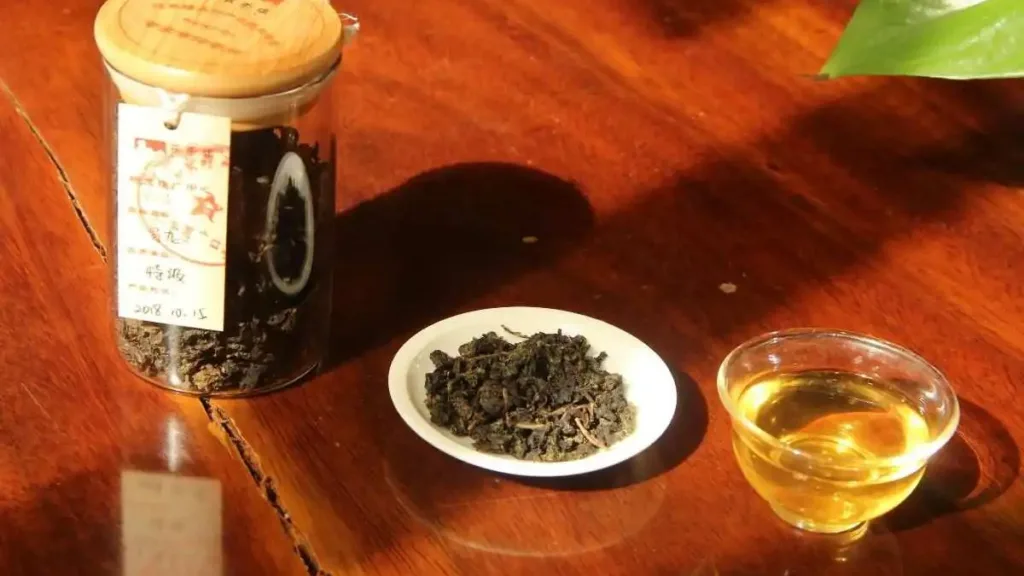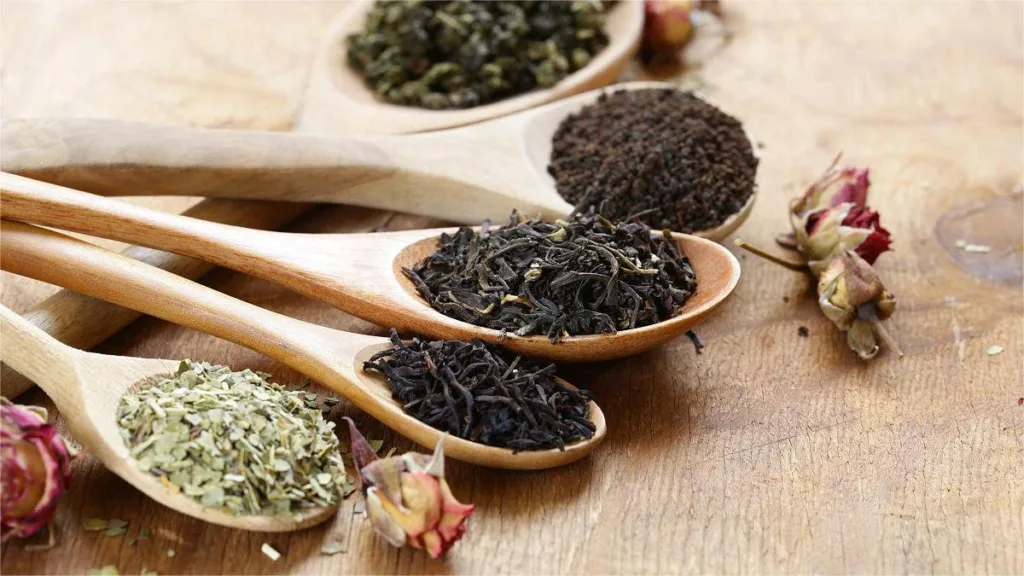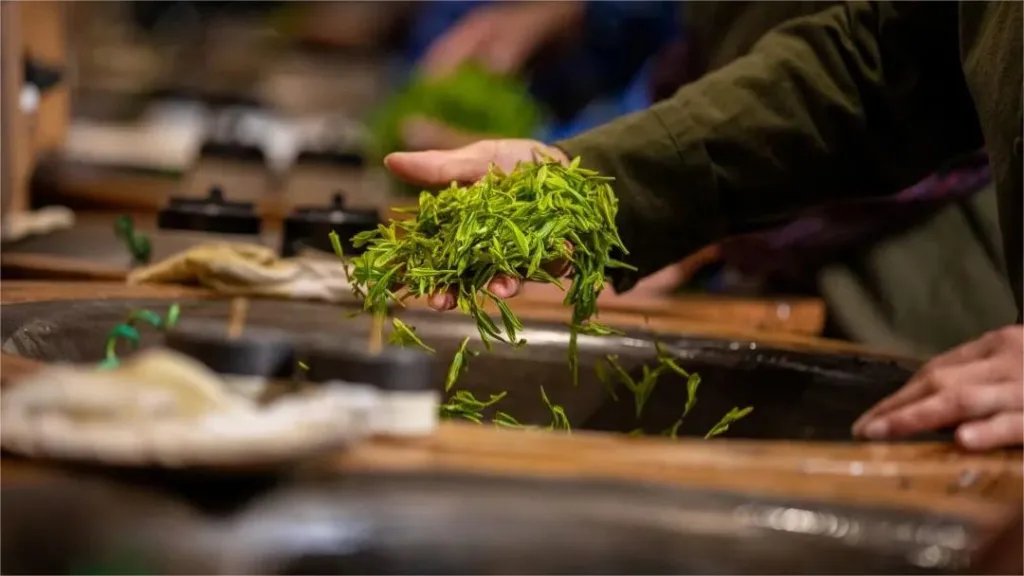Recently, a tea enthusiast who is just getting into the world of tea asked a compelling question: Are green tea and black tea from the same plant? Let’s delve into this inquiry together.
Both black tea and green tea indeed come from the same plant, known as Camellia sinensis. The key differences lie in the processing and fermentation methods. To begin, regardless of whether it’s black tea or green tea, both types are sourced from the fresh leaves of the tea plant. The most significant distinction between the two lies in the process of fermentation. Black tea undergoes fermentation, while green tea remains unfermented. Whether you prefer black tea or green tea, each type possesses unique qualities, contributing to overall health benefits.
Black Tea and Green Tea: Both Originating from the Same Tea Plant
While black tea and green tea fall into distinct categories, they both originate from the same tea plant, Camellia sinensis. The primary raw material for processing both teas is the fresh leaves of the tea plant. The most notable differences between the two lie in their production processes.
Black tea falls into the category of fully fermented tea. The crucial aspect of its production is fermentation, during which chemical reactions occur within the tea leaves. The end result is the red-colored tea infusion that we commonly associate with black tea.
On the other hand, green tea does not undergo fermentation. Its production involves three main steps: fixation, rolling, and drying. Since green tea is not fermented, it retains a higher concentration of chlorophyll, resulting in a light green-colored tea infusion. Green tea, being non-fermented, preserves more of the natural substances present in the fresh leaves. Scientific studies suggest that the natural compounds retained in green tea have various effects, including anti-aging, anti-cancer, antibacterial, and anti-inflammatory properties.
Key Differences in Processing: Fermentation
The primary factor that sets black tea and green tea apart is the process of fermentation. In the case of black tea, fermentation plays a central role. This process involves allowing certain elements within the tea leaves to undergo chemical reactions, ultimately producing the familiar red-colored tea infusion.
Conversely, green tea does not undergo fermentation. Instead, its production involves fixation, rolling, and drying. The absence of fermentation preserves more chlorophyll, resulting in a light green-colored tea infusion. The natural substances retained in green tea are believed to offer various health benefits.
Health Benefits of Black and Green Tea:
While black tea and green tea have different characteristics due to their processing methods, both offer health benefits. The distinct qualities of each type contribute to their overall positive effects on the human body.
- Black Tea:
- Rich in theaflavins and thearubigins due to fermentation.
- Reduces oxidative stress and inflammation.
- Supports cardiovascular health.
- Contains antioxidants that may contribute to anti-aging effects.
- Green Tea:
- High in catechins, particularly epigallocatechin gallate (EGCG).
- Exhibits strong antioxidant properties.
- Supports metabolism and weight management.
- May have anti-cancer properties.
In conclusion, whether you opt for the robust and fully fermented black tea or the delicate and unfermented green tea, both varieties offer unique flavors and health benefits. Understanding the differences in their processing methods sheds light on the distinct characteristics that make each type of tea a delightful and healthful beverage.



